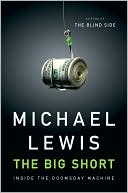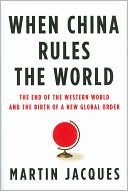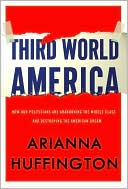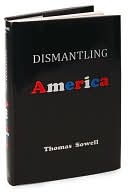Newcomers in the Workplace: Immigrants and the Restructuring of the U. S. Economy
Newcomers in the Workplace documents and dramatizes the changing face of the American workplace, transformed in the 1980s by immigrant workers in all sectors. This collection of excellent ethnographies captures the stench of meatpacking plants, the clatter of sewing machines, the sweat of construction sites, and the strain of management-employee relations in hotels and grocery stores as immigrant workers carve out crucial roles in a struggling economy. \ \ Case studies focus on three...
Search in google:
Newcomers in the Workplace documents and dramatizes the changing face of the American workplace, transformed in the 1980s by immigrant workers in all sectors. This collection of excellent ethnographies captures the stench of meatpacking plants, the clatter of sewing machines, the sweat of construction sites, and the strain of management-employee relations in hotels and grocery stores as immigrant workers carve out crucial roles in a struggling economy. Case studies focus on three geographical regions-Philadelphia, Miami, and Garden City, Kansas-where the active workforce includes increasing numbers of Cubans, Haitians, Koreans, Puerto Ricans, Laotians, Vietnamese, and other new immigrants. The portraits show these newcomers reaching across ethnic boundaries in their determination to retain individualism and to insure their economic survival. Publishers Weekly Through close analysis of the changing workplace in three U.S. communities, these informative academic essays chart the variety of work experience for new immigrants. Rural Garden City, Kans., has become a center for the low-wage meat-packing industry; Donald Stull describes the physical toll taken by such dangerous labor, and Janet Benson tells how Southeast Asian refugees support the industry by tolerating substandard living conditions. Unlike Garden City workers, those in Miami don't cross ethnic lines outside the workplace, according to Stepick; Stepick and Grenier explain how Latin, Anglo, African American and Haitian construction workers respond differently to management safety requests and how Haitians in the tourist industry are exploited more than Latinos. In Philadelphia, Judith Goode shows how Korean store owners hire local workers as community ``buffers''; Cynthia Carter Ninivaggi observes that an urban enterprise zone project did little to reduce poverty. Lamphere teaches anthropology at the University of New Mexico; Stepick and Grenier teach in the Department of Sociology and Anthropology at Florida International University. Illustrations not seen by PW. (Feb.)\\
Acknowledgments1Introduction12Beef Stew: Cattle, Immigrants, and Established Residents in a Kansas Beefpacking Town253Knock 'Em Dead: Work on the Killfloor of a Modern Beefpacking Plant444Guys in White Hats: Short-Term Participant Observation among Beef-Processing Workers and Managers785The Effects of Packinghouse Work on Southeast Asian Refugee Families996Miami: Capital of Latin America1297Brothers in Wood1458Grounding the Saturn Plant: Failed Restructuring in a Miami Apparel Plant1649The View from the Back of the House: Restaurants and Hotels in Miami18110Polishing the Rustbelt: Immigrants Enter a Restructuring Philadelphia19911Facing Job Loss: Changing Relationships in a Multicultural Urban Factory23112Encounters Over the Counter: Bosses, Workers, and Customers on a Changing Shopping Strip25113Poverty and Politics: Practice and Ideology among Small Business Owners in an Urban Enterprise Zone281Contributors' Notes303Index305\\
\ Publishers Weekly\ - Publisher's Weekly\ Through close analysis of the changing workplace in three U.S. communities, these informative academic essays chart the variety of work experience for new immigrants. Rural Garden City, Kans., has become a center for the low-wage meat-packing industry; Donald Stull describes the physical toll taken by such dangerous labor, and Janet Benson tells how Southeast Asian refugees support the industry by tolerating substandard living conditions. Unlike Garden City workers, those in Miami don't cross ethnic lines outside the workplace, according to Stepick; Stepick and Grenier explain how Latin, Anglo, African American and Haitian construction workers respond differently to management safety requests and how Haitians in the tourist industry are exploited more than Latinos. In Philadelphia, Judith Goode shows how Korean store owners hire local workers as community ``buffers''; Cynthia Carter Ninivaggi observes that an urban enterprise zone project did little to reduce poverty. Lamphere teaches anthropology at the University of New Mexico; Stepick and Grenier teach in the Department of Sociology and Anthropology at Florida International University. Illustrations not seen by PW. (Feb.)\\\ \








